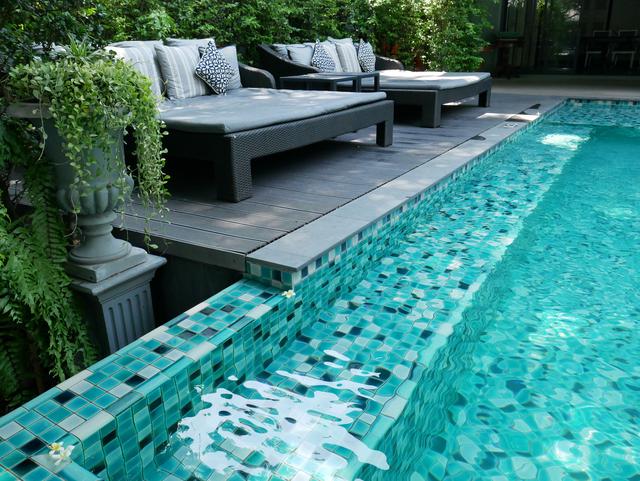Installing a pond in your backyard can be a great way to enhance the aesthetics and create a peaceful atmosphere. However, it is not as simple as digging a hole, adding water, and stocking it with fish. Homeowners need to consider various factors before installing a pond, including the location, size, and maintenance requirements. In this article, we will discuss the top three things a homeowner should consider when installing a pond.
Location
The location of your pond can greatly affect its overall success. Homeowners should choose a location that receives partial sunlight for at least six hours a day. Too much sunlight can cause algae growth, while too little can inhibit plant growth and make it difficult to maintain healthy aquatic life. Moreover, the location should be away from trees to prevent debris from falling into the pond. It is also important to consider the proximity of your pond to your house, as it can become a breeding ground for mosquitoes, and the sound of running water can be heard indoors.
Size
The size of your pond will depend on your budget, available space, and personal preference. However, a bigger pond is often better as it creates a more natural and sustainable ecosystem. A larger pond also allows for more aquatic life, and you can add a waterfall or fountain to enhance the aesthetics. Homeowners should also consider the depth of their pond, as it can affect the type of aquatic life they can keep. Shallow ponds are ideal for small fish and aquatic plants, while deeper ponds are better suited for larger fish, like koi.
Maintenance: Maintaining a pond requires regular upkeep and attention to detail. Homeowners should be prepared to invest time and money into maintaining their pond, including cleaning the pond, removing debris, and ensuring proper filtration and aeration. A proper filtration system will help to keep the water clean and clear, and aeration will help to increase oxygen levels in the water, which is crucial for aquatic life. Additionally, homeowners should consider the cost of chemicals and supplements, like algae control and water conditioners, to maintain a healthy environment for aquatic life.
Cost
The cost of installing a pond can vary greatly depending on the size, location, and materials used. On average, a small pond (less than 200 square feet) can cost between $5,000 and $10,000, while a larger pond (over 500 square feet) can cost upwards of $20,000. However, the cost can be reduced by installing a pre-formed pond kit, which can be as low as $500. Other factors that can affect the cost include the cost of landscaping, rocks, plants, and fish.
In conclusion, installing a pond can be a rewarding and fulfilling project for homeowners. However, it requires careful planning and consideration to ensure its success. Homeowners should choose the right location, size, and be prepared to invest time and money into maintenance to ensure a healthy and thriving ecosystem. With proper planning and care, a pond can provide a tranquil and peaceful retreat for homeowners and their families to enjoy for years to come.






comments